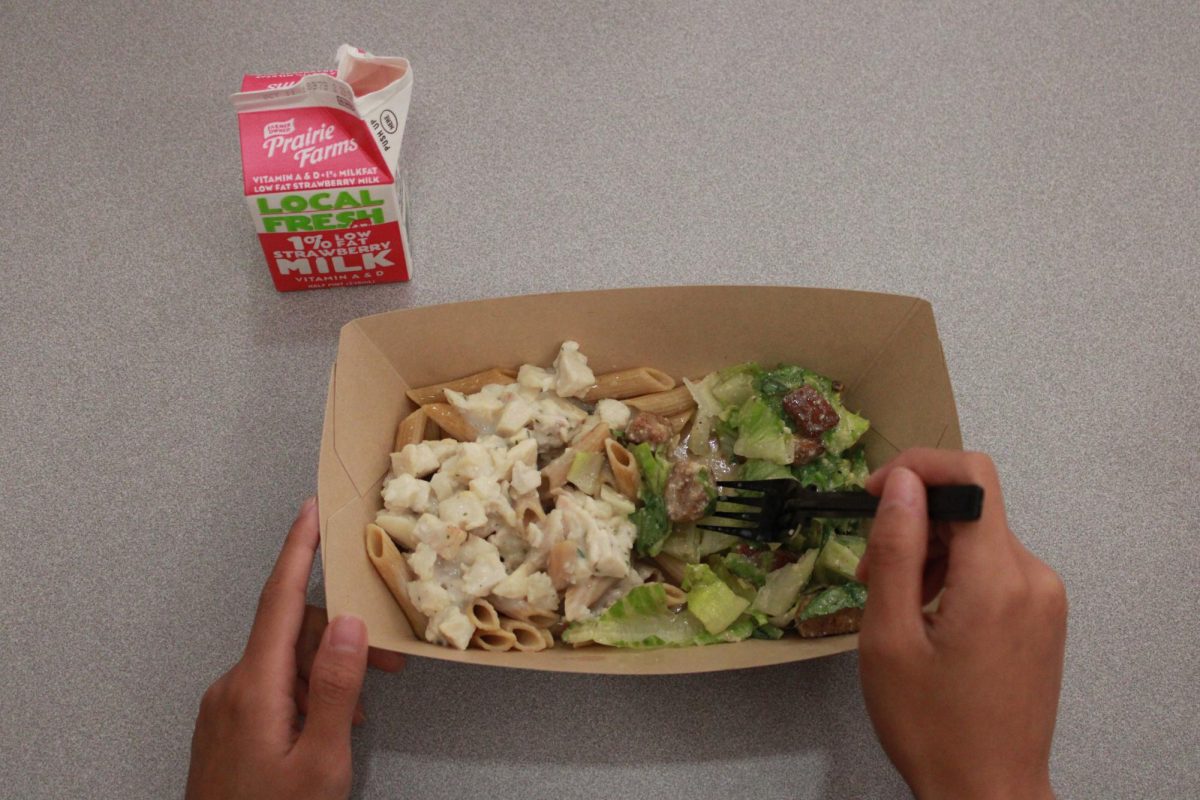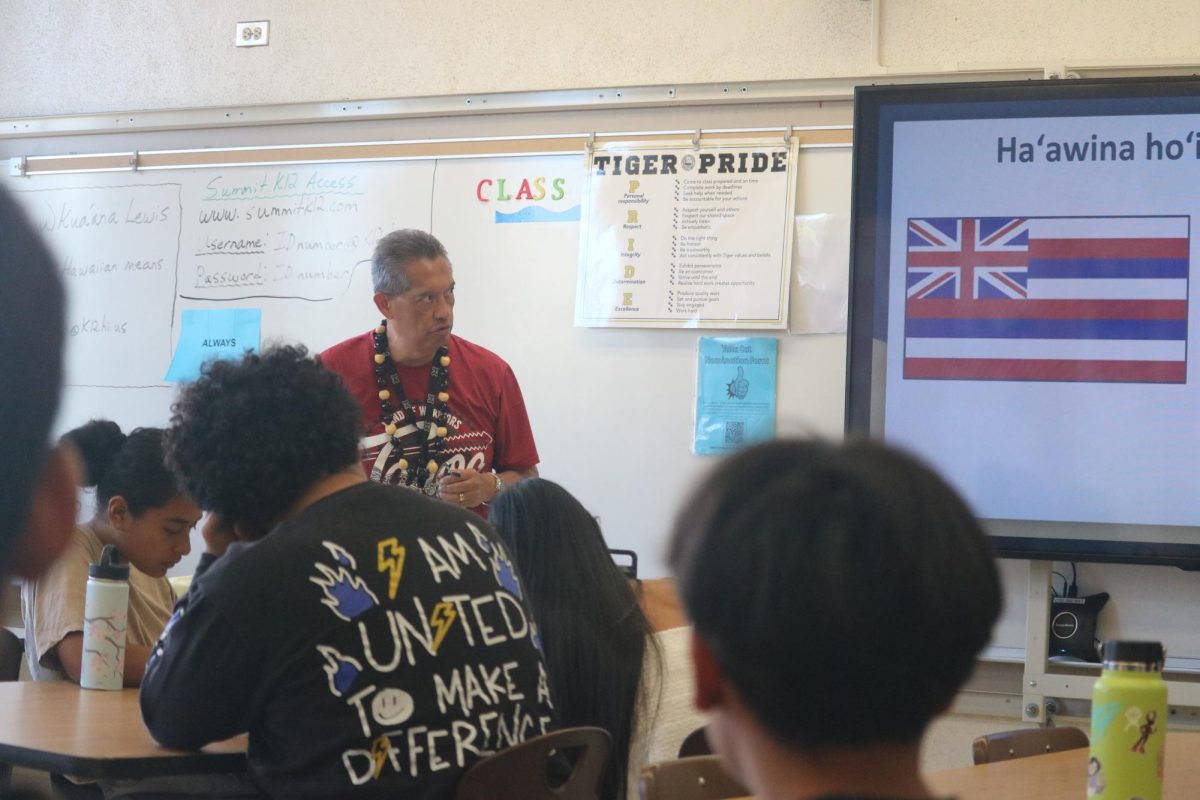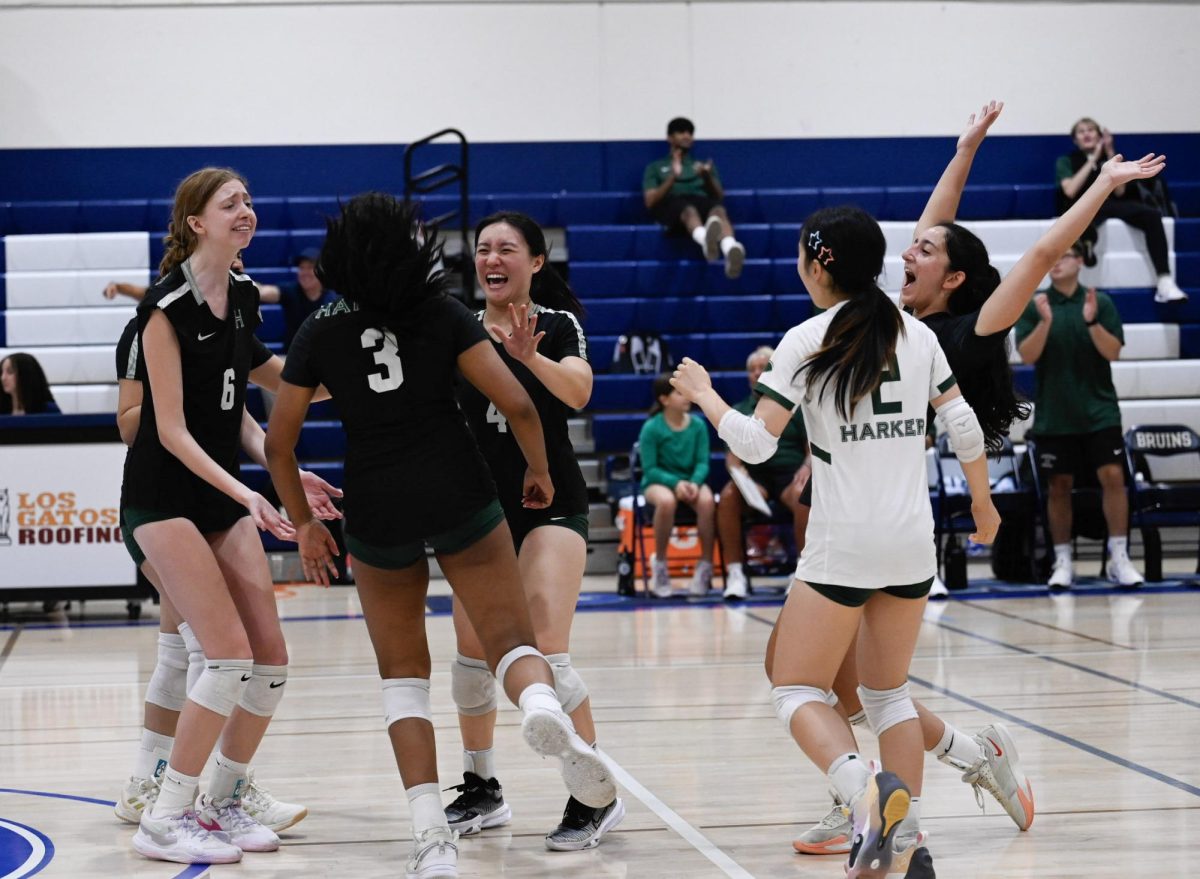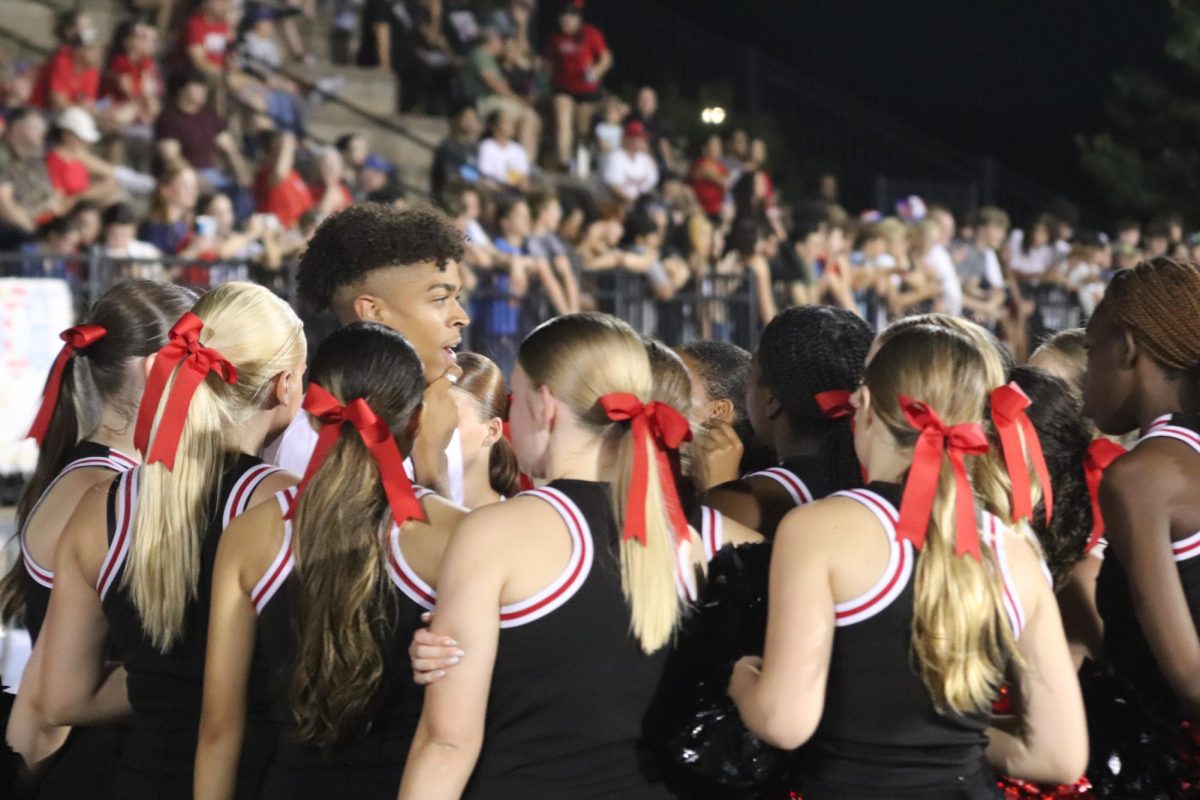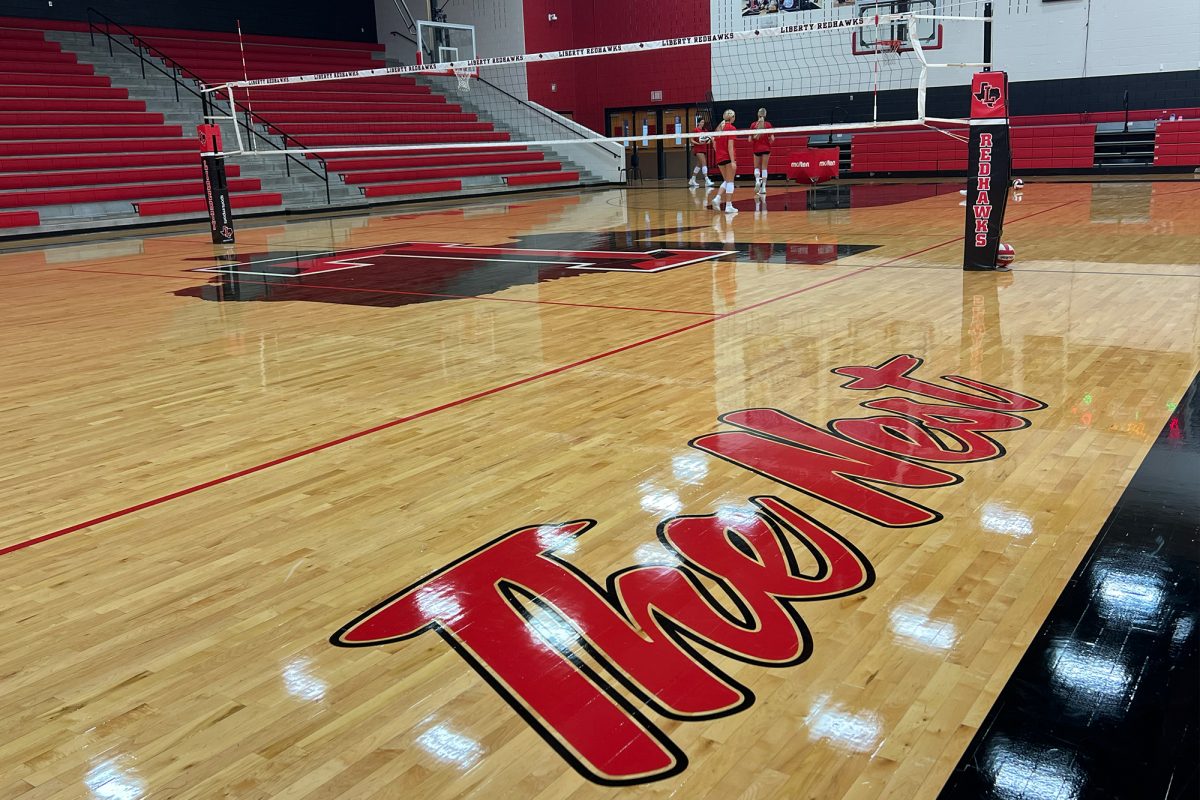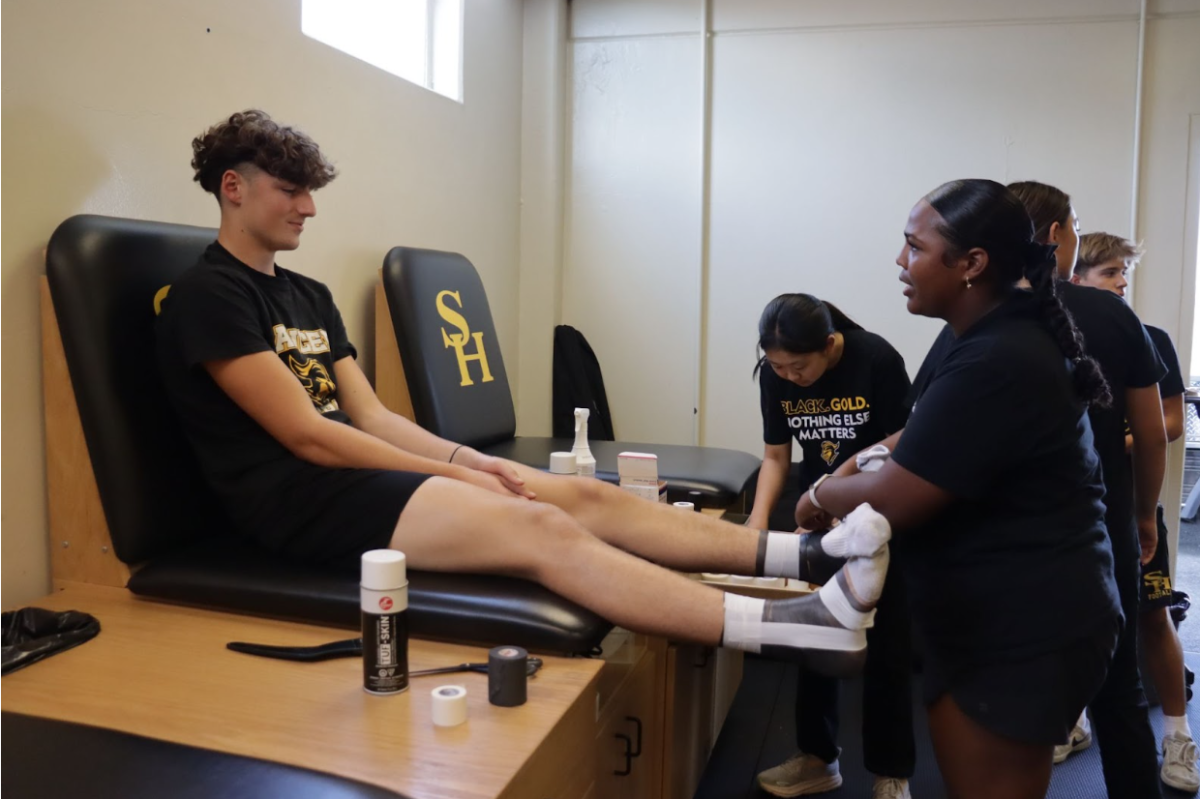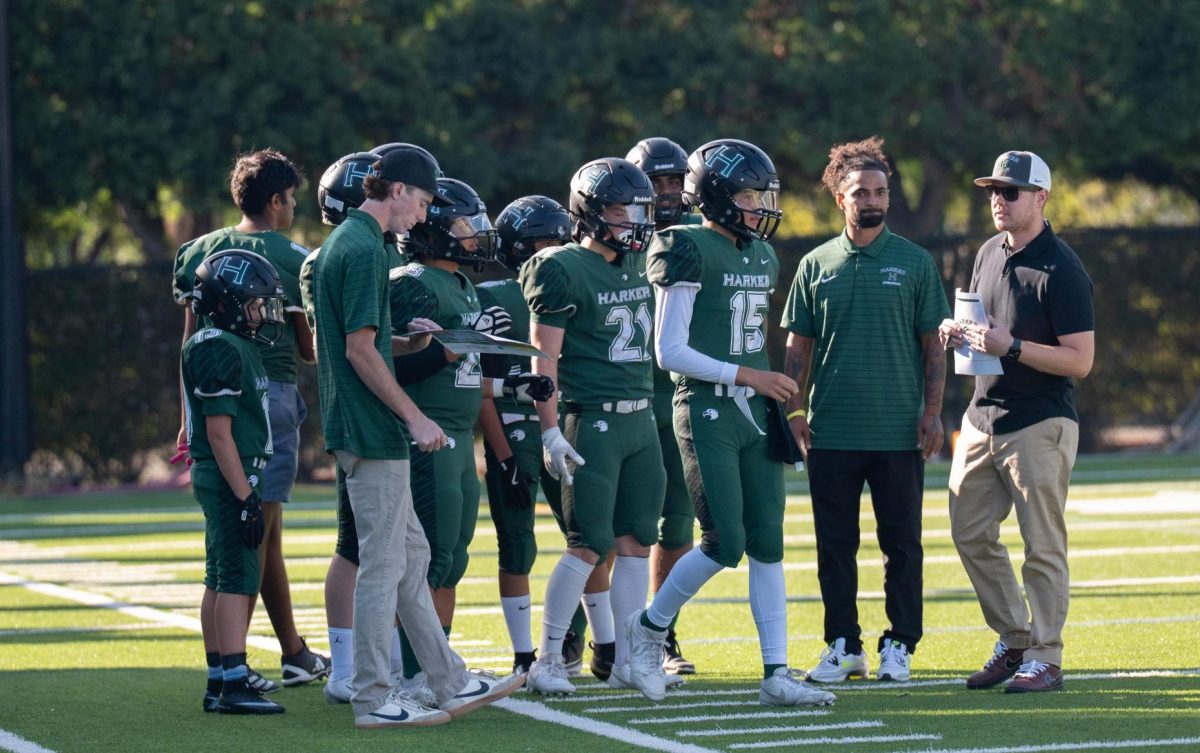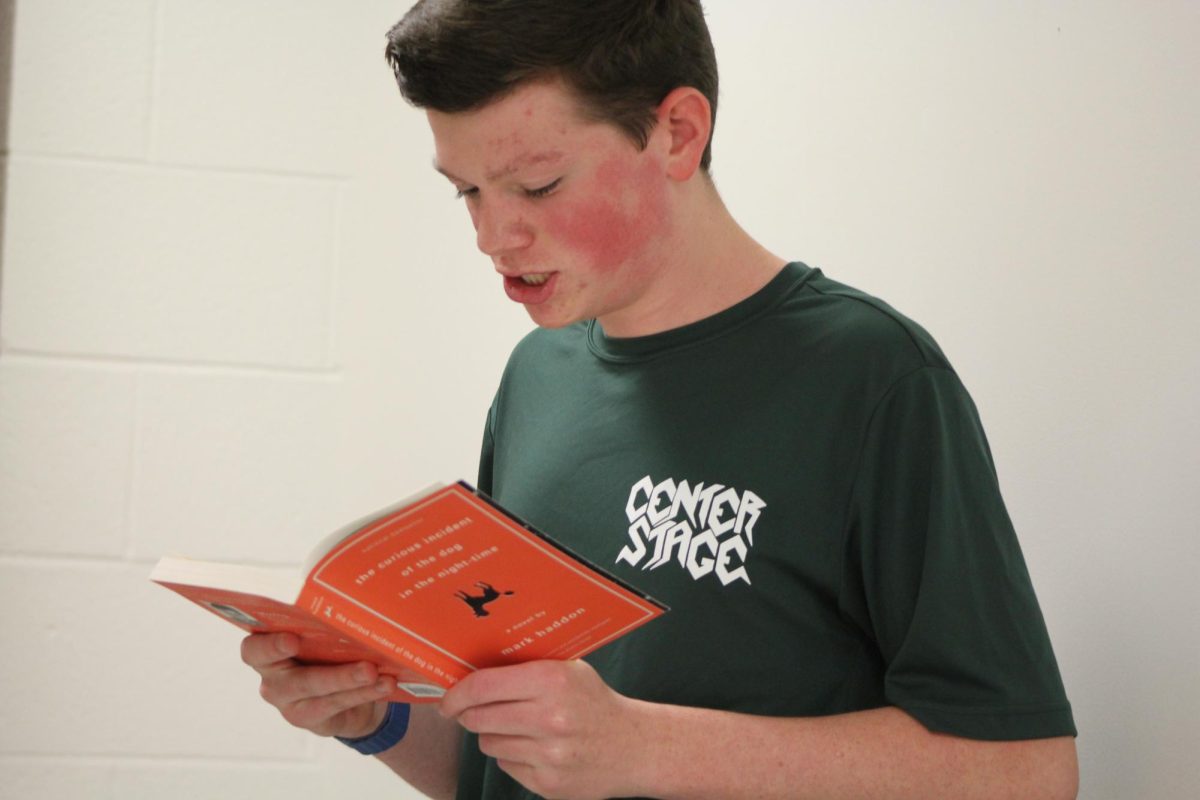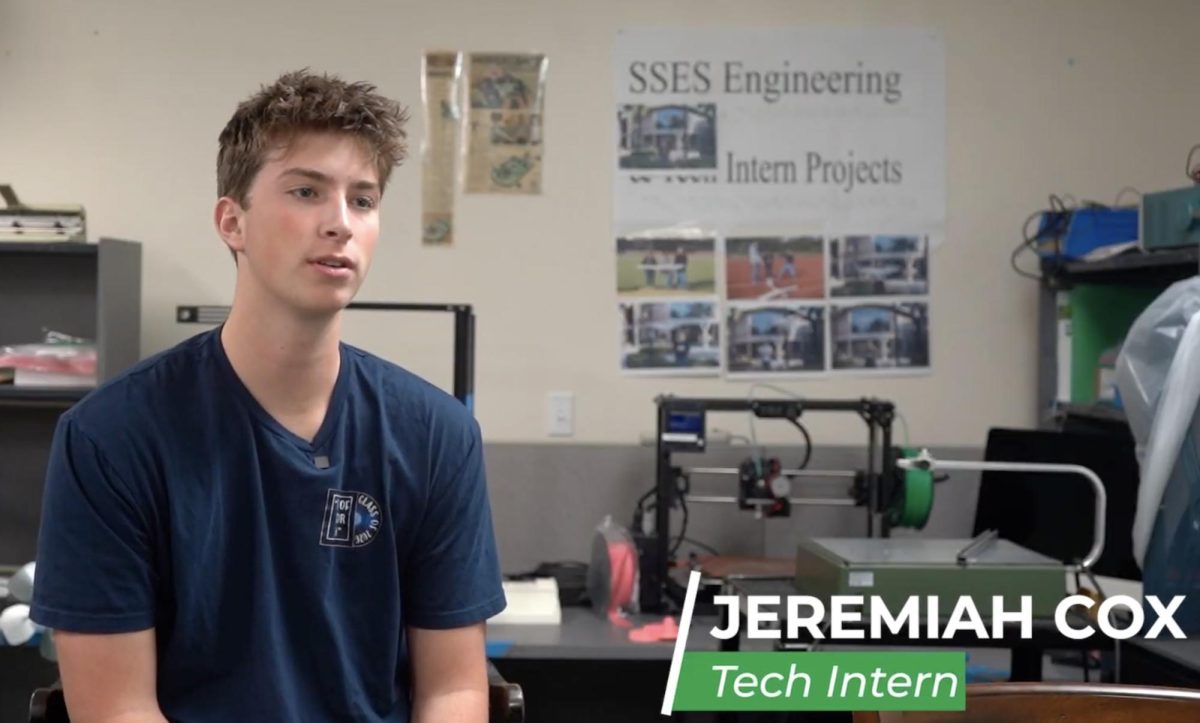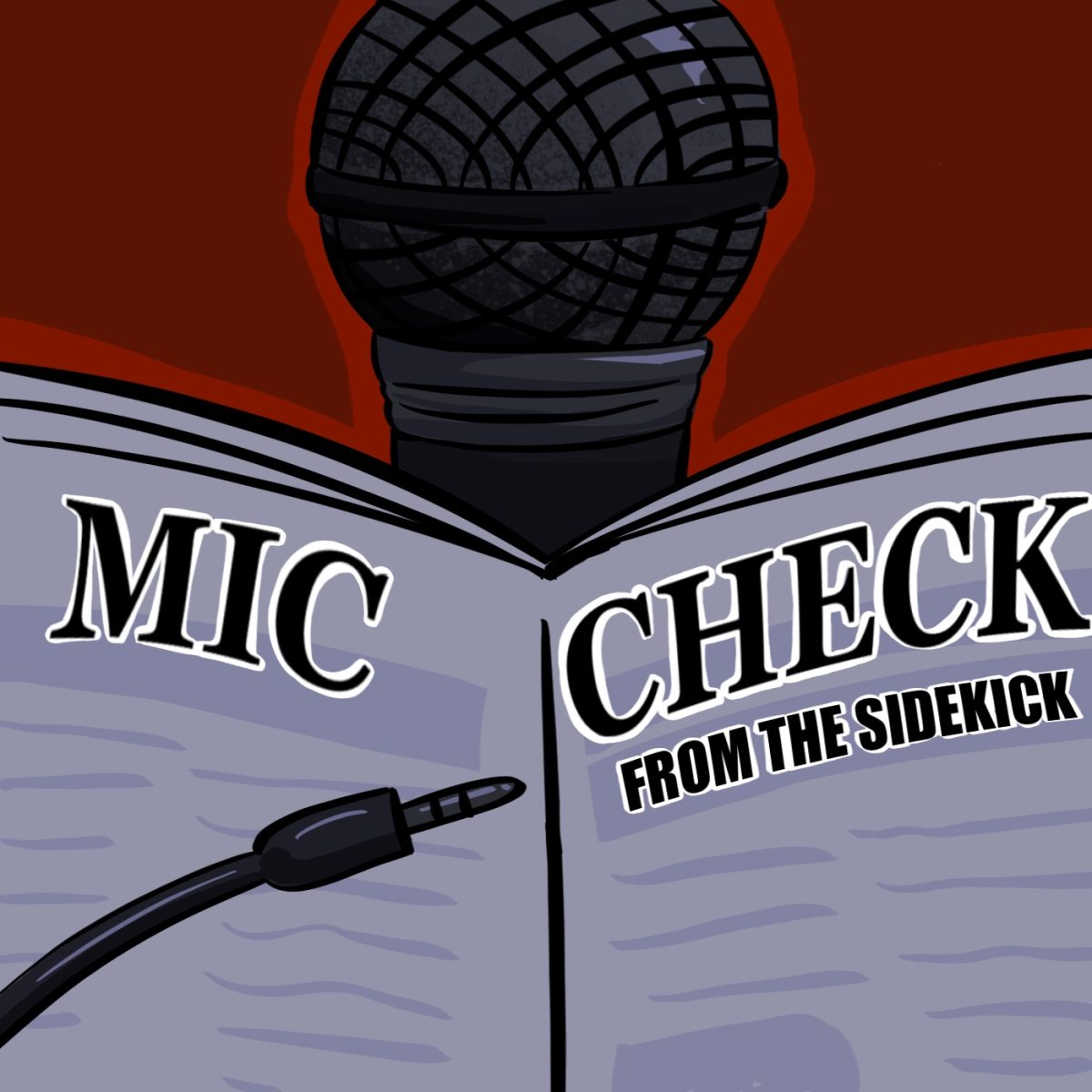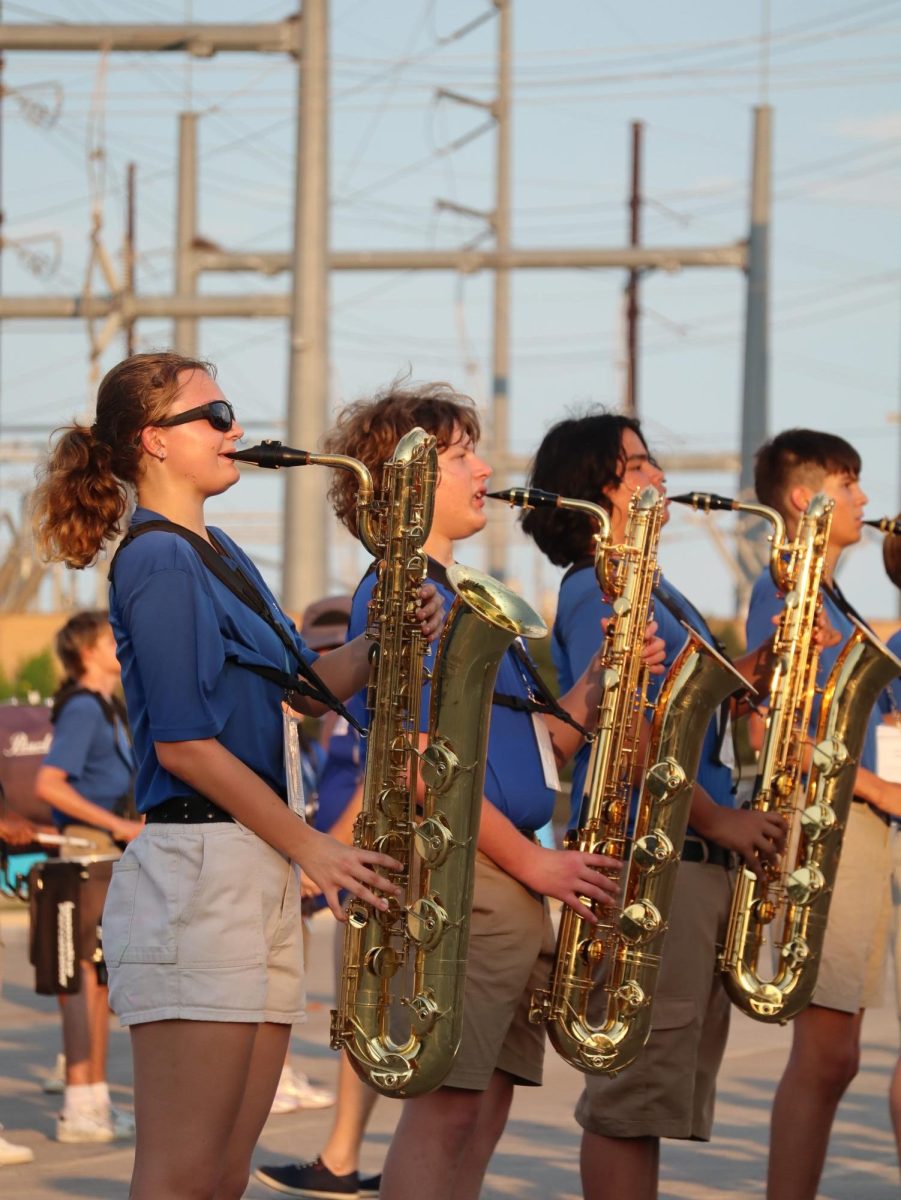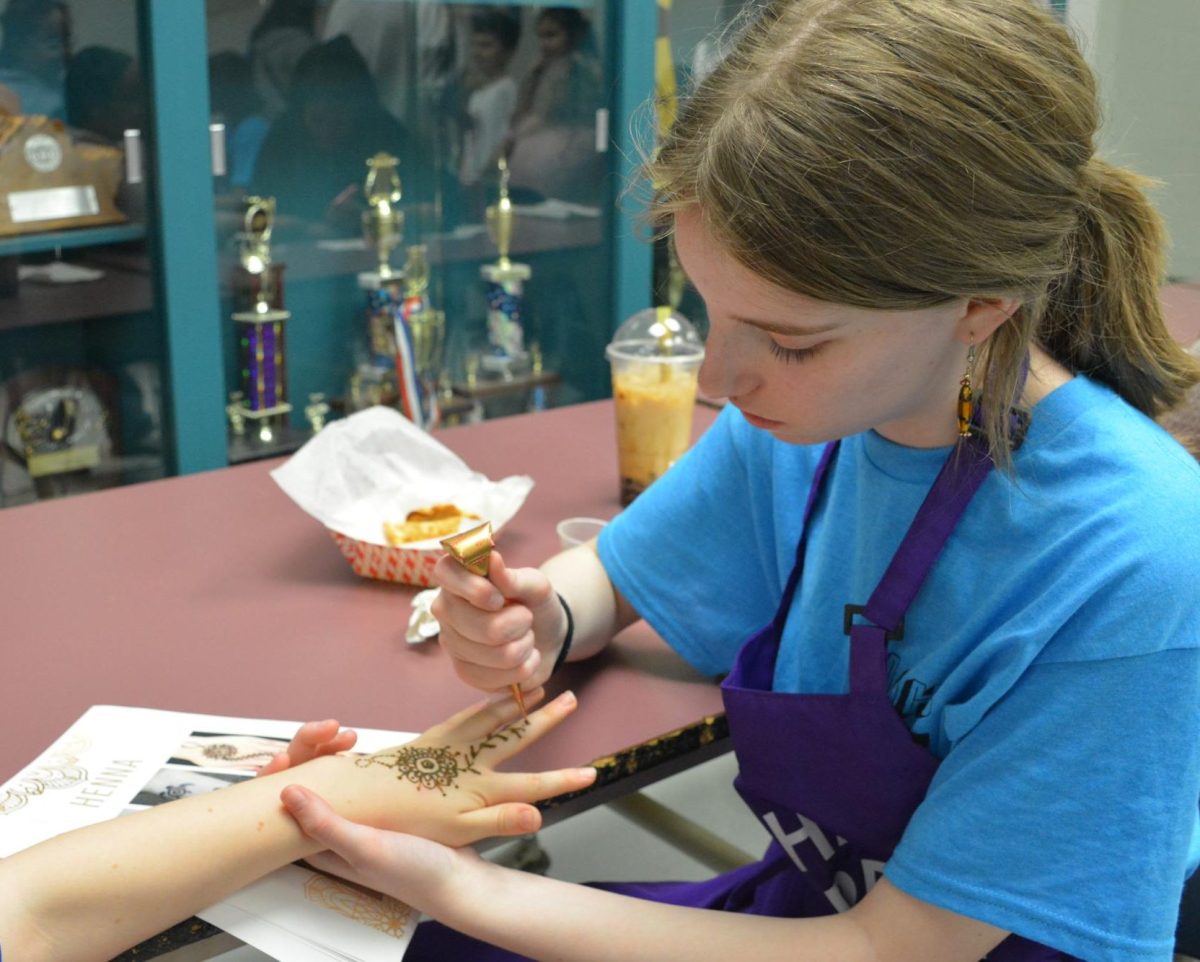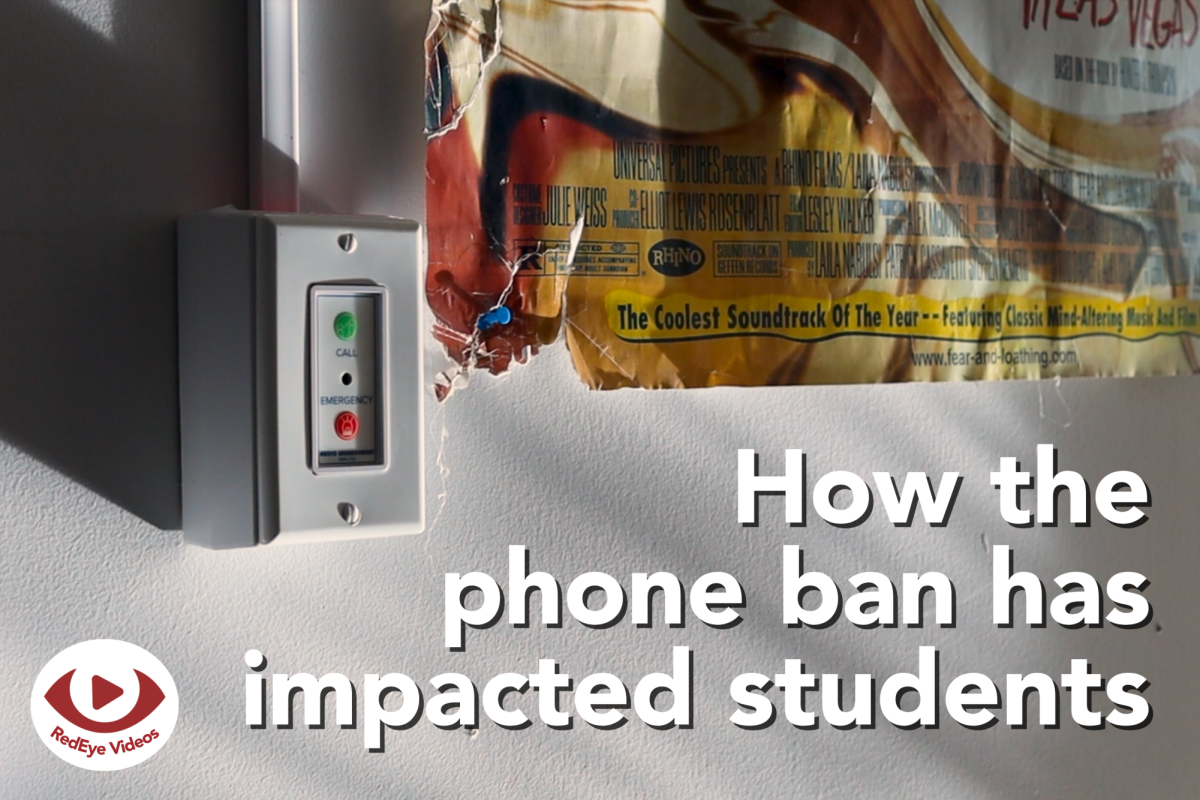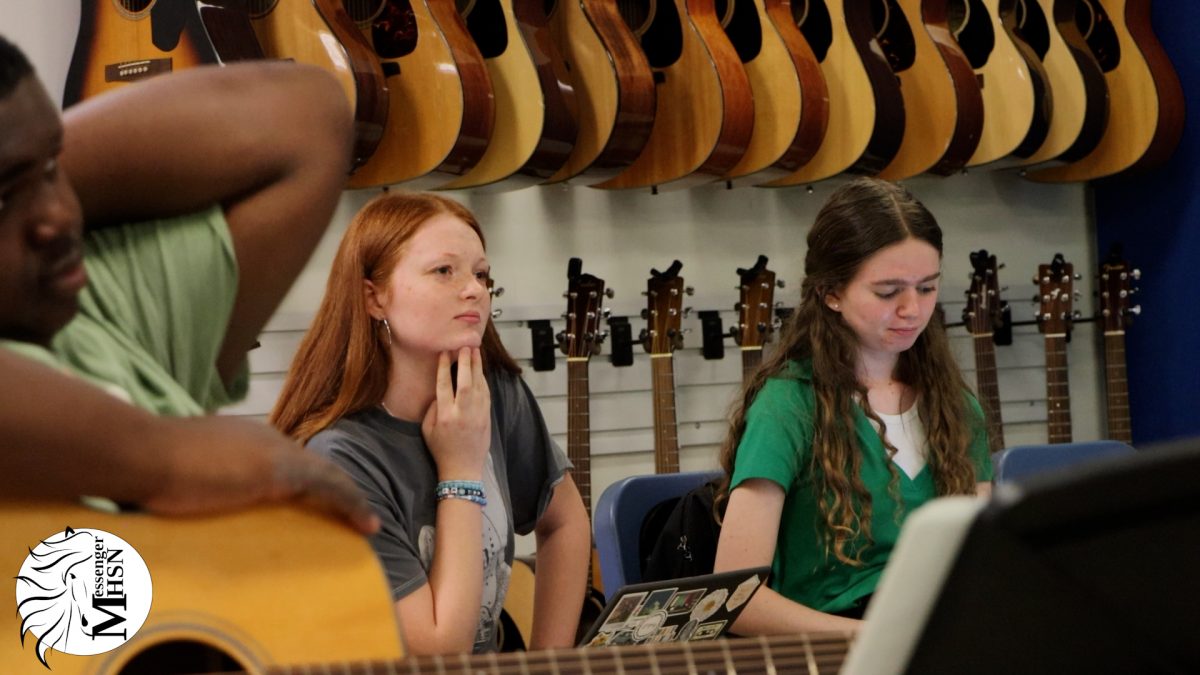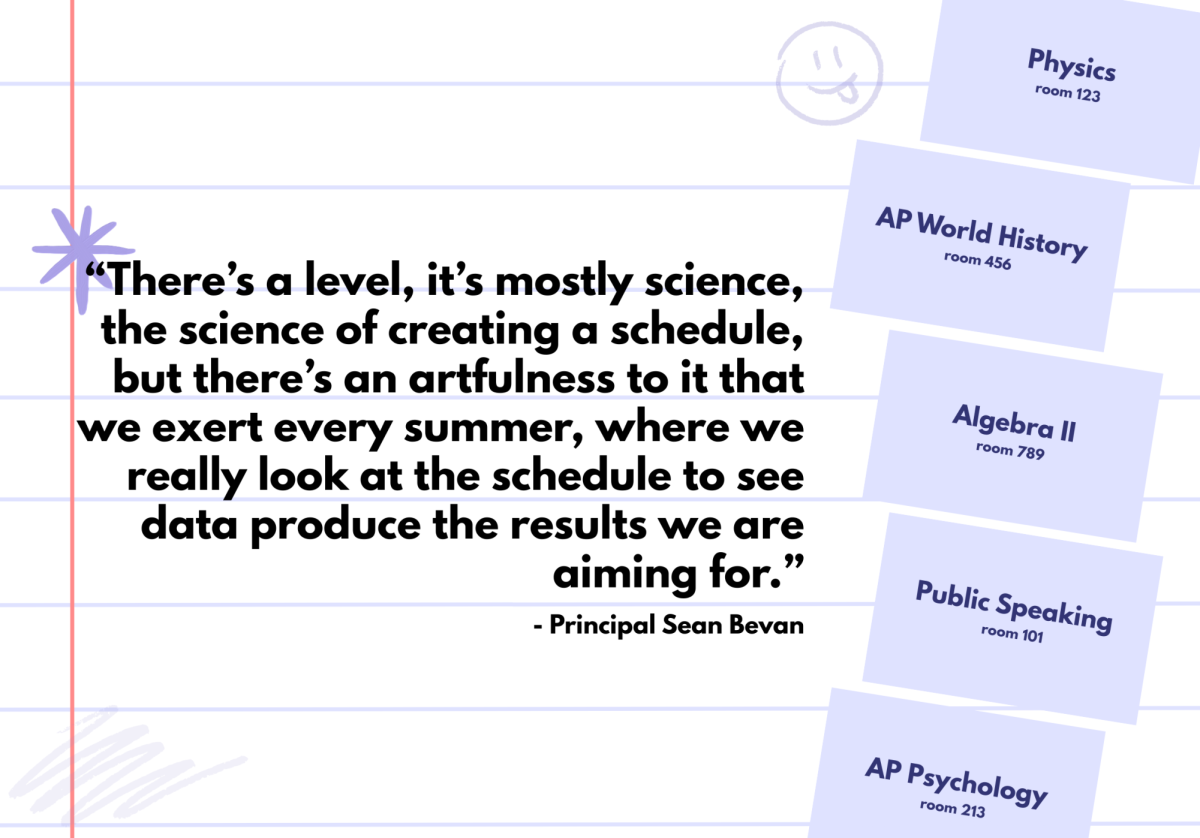For both students and teachers, Algonquin’s scheduling process is a complex puzzle. With many layers and steps that strive to leave all satisfied with their course load, the process is far from easy and oftentimes some are left unhappy with their schedule.
Initial Steps
Each March, every student in grades eight through 11 who are planning on attending Algonquin the following year submits class requests. However, course selection doesn’t start there. Scheduling is a complex process, one that begins in November and continues through August when students receive schedules for the upcoming school year. This long process involves students, teachers, guidance and administrators.
Head of Guidance Lisa Connery is one of the main leaders in the scheduling process.
“A lot of times we start the course selection process in November,” Connery said. “And that’s the development of new courses and existing courses. If the teacher is considering a new elective, then we’re having those conversations in November and December in preparation for printing the Program of Studies in late January.”
Connery shared that in order to establish a stimulating and effective curriculum, the courses that are offered vary every year; primarily based on students’ interests and needs, class trends and teachers’ interests in teaching elective courses.
“[Course offerings and the number of students who request them have] fluctuated quite a bit; I just think that fashions go in and out,” English teacher Deborah Saltzman said. “[For example,] sometimes AP [Literature and Composition] is higher enrolled, and sometimes AP [Language and Composition] is.”
Connery further explained that some courses, like Creative Writing and Writing Workshop, always stay within the program as the curriculum is broad and each teacher can approach the course differently.
Making the Master
Assistant Principal Andrew McGowan recently finished his first year of building the master schedule, which organizes the number of sections a course is running and which teachers are instructing those courses. Then, PowerSchool organizes the schedules.
“When we look at the schedule, there are many components that go into it beyond what you see on your PowerSchool account from the student side,” McGowan said. “There’s the adult side, there’s a classroom space, there’s everything that goes into that.”
McGowan has appreciated learning about how PowerSchool works to build the master schedule.
“PowerSchool is an interesting program in just how it operates,” McGowan said. “The technical side of it has been really interesting to see how PowerSchool puts things together and just from the technical lens, that’s been interesting to see.”
In August, after PowerSchool creates the schedule, the guidance counselors go through every individual student schedule to ensure that they are eligible for the courses they are taking, and additionally that there are no social conflicts within each class.
“There’s a lot that goes into it aside from just the main population, because the counselors go in and do every single student’s schedule to double check and make sure that things are lined up properly…the counselors have to go through and make sure that the electives that you have on your schedule meet your [pre-requisites],” Connery said.
Principal Sean Bevan is also involved in this process, emphasizing the intricacy of the schedule.
“There’s a level, it’s mostly science, the science of creating a schedule, but there’s an artfulness to it that we exert every summer, where we really look at the schedule to see data produce the results we are aiming for,” Bevan said.
There are some courses, especially electives and high-enrollment Advanced Placement (AP) courses, that not everyone may get into. If more students enroll then the class can take, according to Connery, the upperclassmen will typically get first priority, and the additional kids will be added to a waitlist.
“There might be 11 kids who want to take an AP class in a certain content area,” Bevan said. “You can only run that in one block in the day, so it consumes that block, and sometimes that block might run concurrently to another block that a kid in that group wants to take.”
This creates challenges for a handful of students who want to take multiple APs or specialized electives.
“Sometimes you have students with really niche interests and niche skills, or they have many of those in the same schedule, and that creates some hard choices,” Bevan said.
When junior Michelle Liu was entering her sophomore year, she wasn’t able to get all the electives she wanted. She requested that her guidance counselor put her in two honors electives in the first semester, specifically Microeconomics and Finance and Psychology, as she wanted to self-study the AP versions of those courses. Because of this, she was not able to take some of the other electives she requested, such as Public Speaking.
Additionally, the curriculum is impacted by teachers, who all have the option to create and pitch new electives each year. After a teacher proposes an elective, the respective department chairs review the proposal and the potential classes’ curriculum, and if approved, they are then added to the next year’s course of study.
“The [elective] I have wanted to do for years is food writing…like restaurant reviews, essays on food, memoirs on food,” Saltzman said. “I’ve always wanted to do that, but I ended up teaching AP Lang instead.”
In some instances these new classes do not receive enough student requests during course selection, and often as a result the respective teacher would likely teach a different class or elective that received more requests instead.
“Sometimes [the English department chair Jane Betar] will ask if we can teach a new course, and sometimes she asks people to volunteer,” Saltzman said.
While the proposing of new courses and teacher requests about what they’d like to teach needs to happen early, Connery explained there are always unexpected changes that happen late in the scheduling process.
“There’s a lot that happens behind the scenes…sometimes there are changes that happen in teaching: someone may decide to leave…we hire someone else, we shuffle assignments around, there’s a lot that goes down,” Connery said.
Personal Preferences
The scheduling process in itself also has a large impact on teachers and their schedules.
Last school year, Saltzman had to prepare for three courses of three different levels, teaching five classes in total. Additionally, she only had one prep period and a duty period. As she teaches an AP which requires more planning, the prep period is usually not enough to get all her work done.
“One dream of teachers everywhere is to teach four classes, not five,” Saltzman said. “I acknowledge the challenge of schedule building, and I think that it would be really great to avoid the four classes in a row schedule…but [the people who make the schedules] are really aware of that,” Saltzman said.
Liu wishes there was more space in the schedule for students who are very involved but want to take more classes.
“I wish there was more space for students to be able to take what they wanted, because I have a lot of friends who do Wind Ensemble, but because they have to do a full year of band, they can’t do other electives that they want to do,” Liu said.
Liu is also taking an AP science course this year, and she is frustrated by the amount of space it takes up.
“I really hate how the AP sciences take up two blocks in the first semester because there’s the lab you have to do in the first semester…so you can’t take a full year course, and instead you’re stuck taking the lab for the AP science, and I feel like that limits a lot of freedom when it comes to what you want to take,” Liu said.
Connery encourages all students to choose their courses wisely, as these requests drive the entire scheduling process.
“I can’t stress enough to students the importance of being very thoughtful in their course requests…because those requests really drive what we offer,” Connery said. “We don’t allow kids to submit changes until after schedules are released, and that’s out of fairness to the kids who may have selected a course on time,” Connery said.
This story was originally published on The Harbinger on September 3, 2025.





